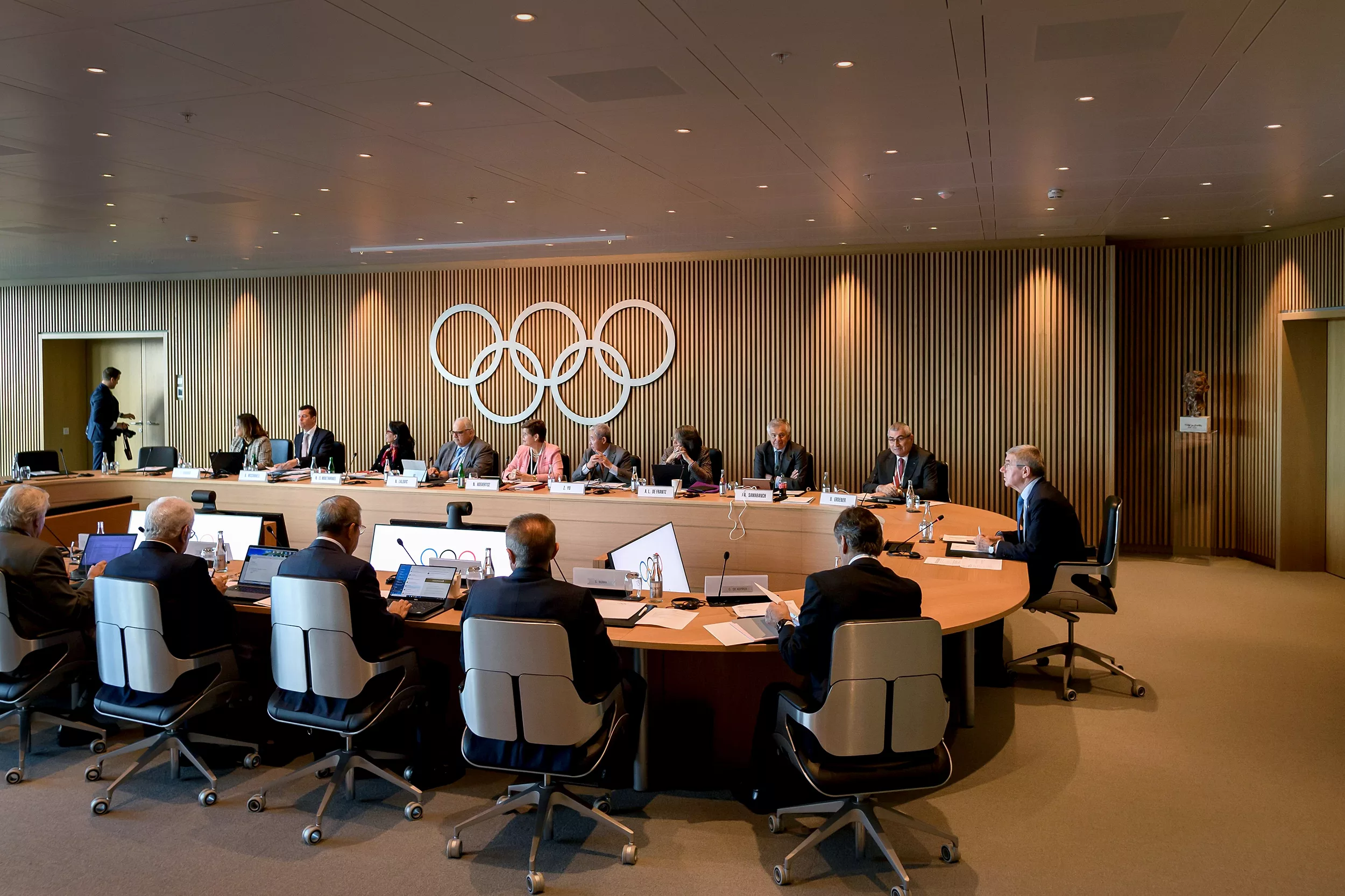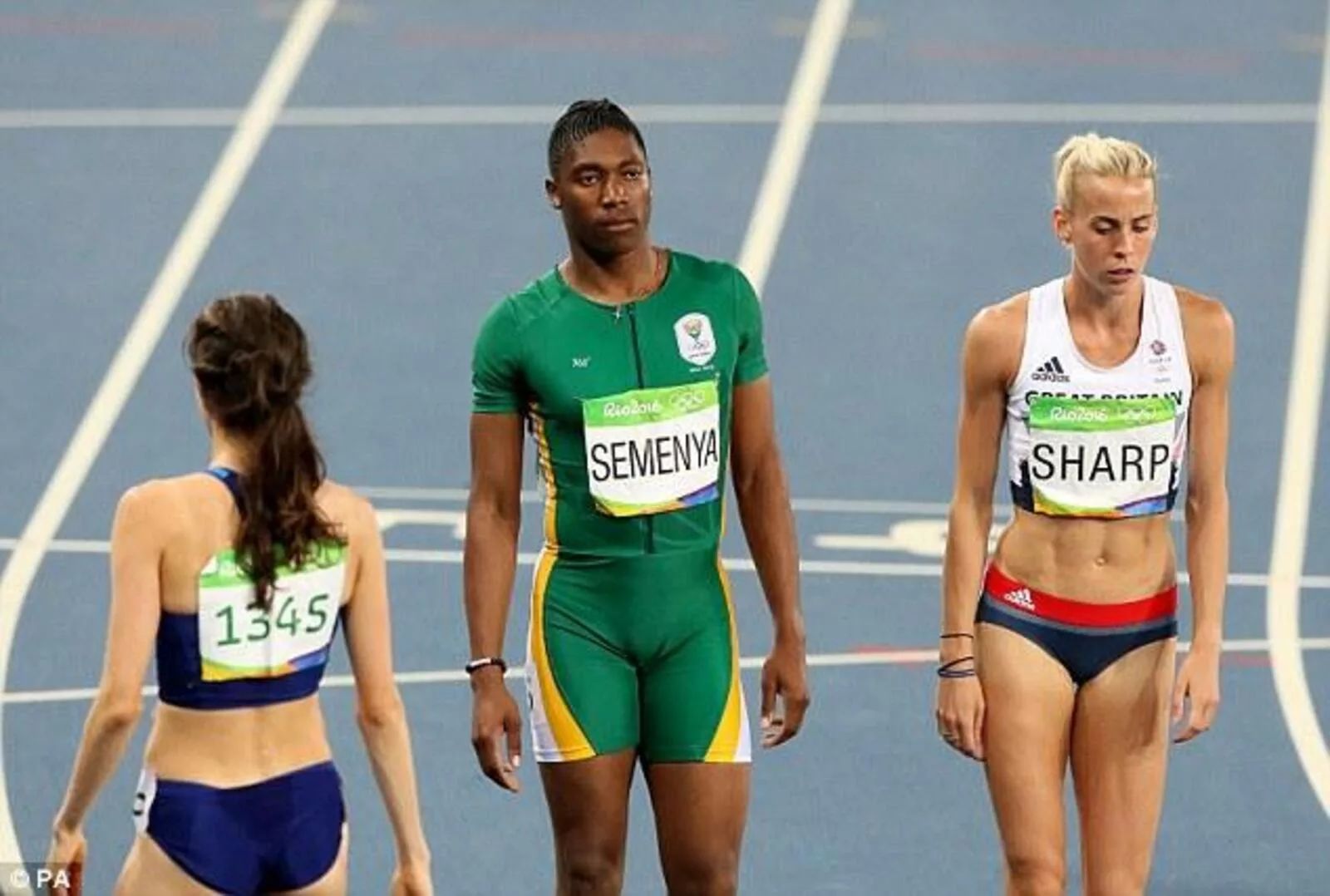In the ever-evolving landscape of international sports, few topics have sparked as much debate and policy revision as the participation of transgender athletes in the Olympic Games. The International Olympic Committee (IOC), the revered guardian of Olympic values, has been at the forefront of this transformative journey. This article explores the intricate path of policy changes and the ongoing discourse shaping the future of transgender athletes in the world’s most prestigious sporting event.

The Dawn of a New Era: IOC’s 2003 Guidelines
The year 2003 marked a watershed moment in Olympic history. The IOC, acknowledging the winds of change, introduced its first guidelines for transgender athlete participation. These groundbreaking rules, however, came with stringent requirements: athletes were required to undergo sex reassignment surgery and secure legal recognition of their gender transition — a decision that, while progressive, sparked its own set of controversies and discussions.
A Shift Towards Inclusivity: 2015 Guidelines
Fast forward to 2015, and the IOC, in tune with advancements in scientific understanding and ethical considerations, overhauled its approach. In a landmark decision, the committee abolished the need for sex reassignment surgery, paving the way for a more inclusive sporting environment. The revised guidelines set forth clear, albeit stringent, criteria: athletes had to demonstrate consistent gender identification for at least four years and maintain testosterone levels below a specific threshold for 12 months before competition.

The Autonomy of Sports Federations
In the intricate tapestry of Olympic sports, the IOC’s guidelines serve as a broad framework. However, the narrative takes a complex turn as individual sports federations enter the scene with the authority to craft their own, sometimes divergent, rules. This autonomy has led to a mosaic of regulations across different sports, reflecting the diverse challenges and considerations unique to each discipline.
The Heart of the Debate
The conversation surrounding transgender athletes in sports is as vibrant as it is divisive. Critics voice concerns over fairness and potential physiological advantages, while advocates champion the cause of equality and anti-discrimination. This debate, simmering at the intersection of ethics, science, and sportsmanship, continues to challenge the very foundations of competitive fairness and inclusivity.
The 2021 Framework: Balancing Act
In a bid to harmonize these conflicting narratives, the IOC introduced a new framework in 2021, emphasizing “evidence-based eligibility criteria.” This progressive move signaled a shift towards individualized policies by sports federations, grounded in scientific evidence, aiming to strike a delicate balance between inclusivity and competitive fairness.
Conclusion
As the IOC navigates these uncharted waters, its evolving stance on transgender athletes is a testament to the dynamic interplay of societal values, scientific progress, and the ethos of sports. The road ahead is fraught with challenges and opportunities, as the global sporting community continues to grapple with these complex, yet crucial, questions.
In this exploration of the IOC’s policies on transgender athletes, we witness the unfolding of a significant chapter in Olympic history, one that continues to redefine the boundaries of sportsmanship, fairness, and inclusivity.